and appointing the featured guest of this documentary as our ambassador was one of the few good things JFK ever did:
Reischauer was appointed US Ambassador to Japan by President John F. Kennedy in the spring of 1961, at a time when US-Japan relations were at a low point following the massive 1960 protests in Japan against the US-Japan Security Treaty.[8] In the immediate aftermath of the protests, Reischauer had traveled to Japan and spoken with various Japanese friends and associates to get a Japanese point of view on the protests.[9] After returning to the United States, Reischauer attracted the attention of Kennedy's transition team when he wrote an article about the protests in the prominent policy journal Foreign Affairs called "The Broken Dialogue with Japan." In this article Reischauer rejected the notion, put forth by the Eisenhower administration, that the protests had been a communist plot. Instead, he argued that the protests reflected real grievances on the part of the Japanese in relation to US, and were exacerbated by a failure by American leaders to reach out to Japanese opinion leaders and try to understand Japanese concerns. Reischauer argued forcefully that only skillful and nuanced diplomacy could repair this "broken dialogue."[9]
On the advice of his advisors, Kennedy decided that Reischauer himself would be the best candidate for the job, and nominated Reischauer to be his first (and only) ambassador to Japan. This was a break with precedent, because previous ambassadors to Japan had been career State Department officials who had no special connection with Japan.[8] In fact, State Department officials viewed strong connections with an ambassador's host country with suspicion and opposed Reischauer's nomination on these grounds.[8] However, Kennedy prevailed and Reischauer became the first US ambassador to Japan who actually knew the local language.
As Ambassador, Reischauer worked to repair the recent rift in US-Japan relations. Reischauer made "equal partnership" the watchword of his time as ambassador, and constantly pushed for more equal treatment of Japan.[10] He advocated and helped arrange a summit meeting between Kennedy and new Japanese prime minister Hayato Ikeda in Washington, D.C. in the summer of 1961. Historian Nick Kapur has argued that this summit was a success, and led to a substantial realignment of the US-Japan alliance in the direction of greater mutuality.[11] Reischauer hoped to return the favor by having Kennedy become the first sitting US president to visit Japan. Kennedy was agreeable, and initial preparations were made, but Kennedy was assassinated before he could make the visit and Secretary of State Dean Rusk went in his place in early 1964.[12] Reischauer also embarked on a nationwide listening tour in Japan; although he did not reach his goal of visiting all 47 prefectures by the end of his time in office, he did manage to visit 39 of them.[13] Reischauer's great efforts to charm the Japanese people were jocularly nicknamed the "Reischauer Offensive" (Raishawā rosen) by the Japanese press (sometimes alternatively, the "Kennedy-Reischauer Offensive").[13]
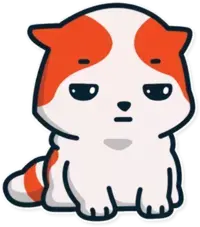

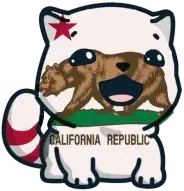

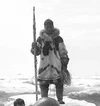

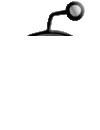
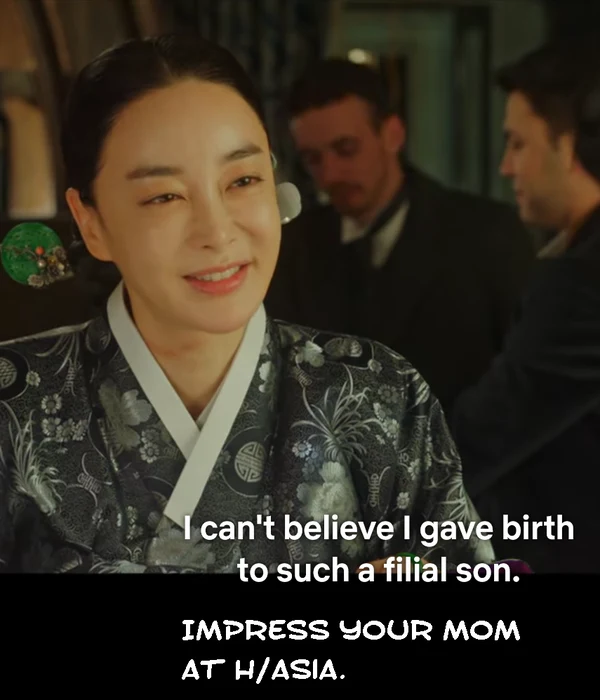
Jump in the discussion.
No email address required.
I watched a good bit. The thing that struck me was how crowded everything was. Even the ceilings were low. Everyone was constantly shoulder to shoulder packed at least. Sitting on the ground to compensate for those claustrophobic ceilings. A cramped life like that would drive me nuts!
Jump in the discussion.
No email address required.
More options
Context